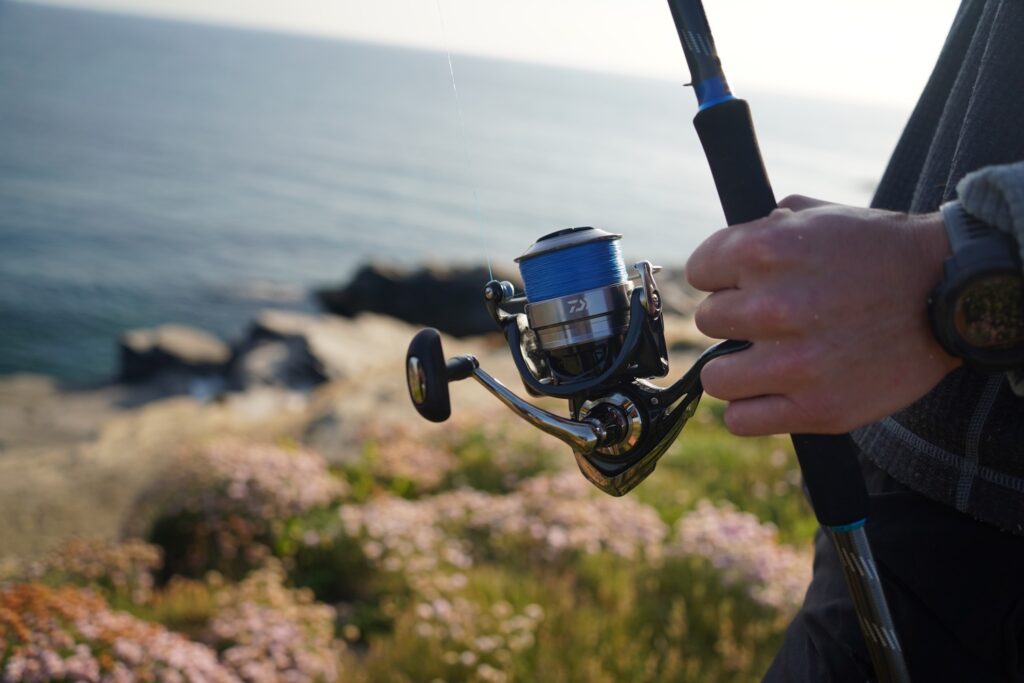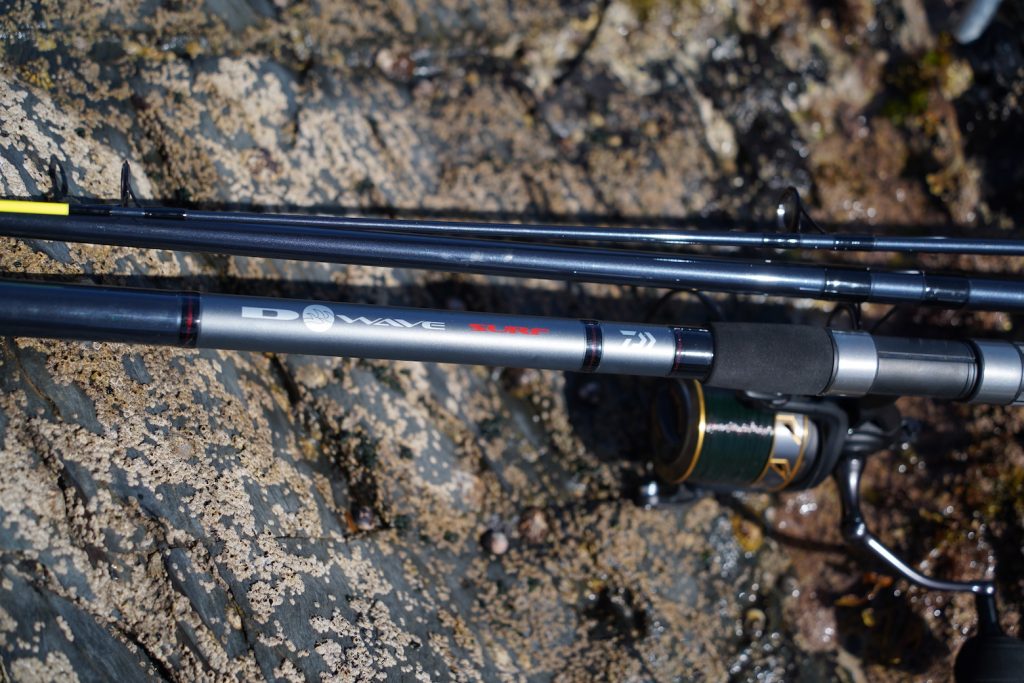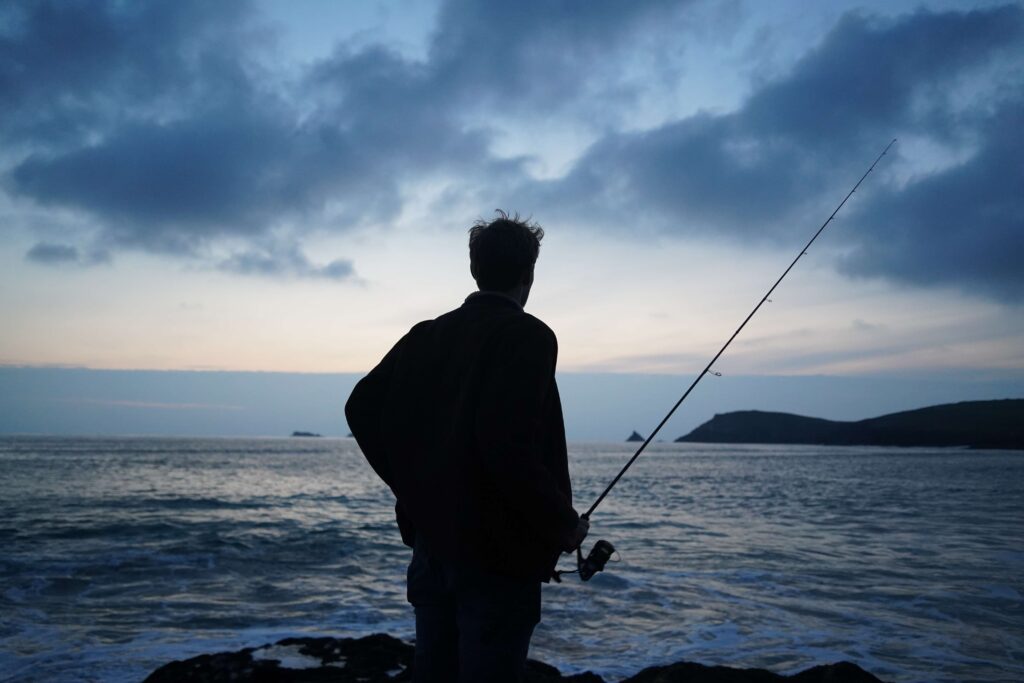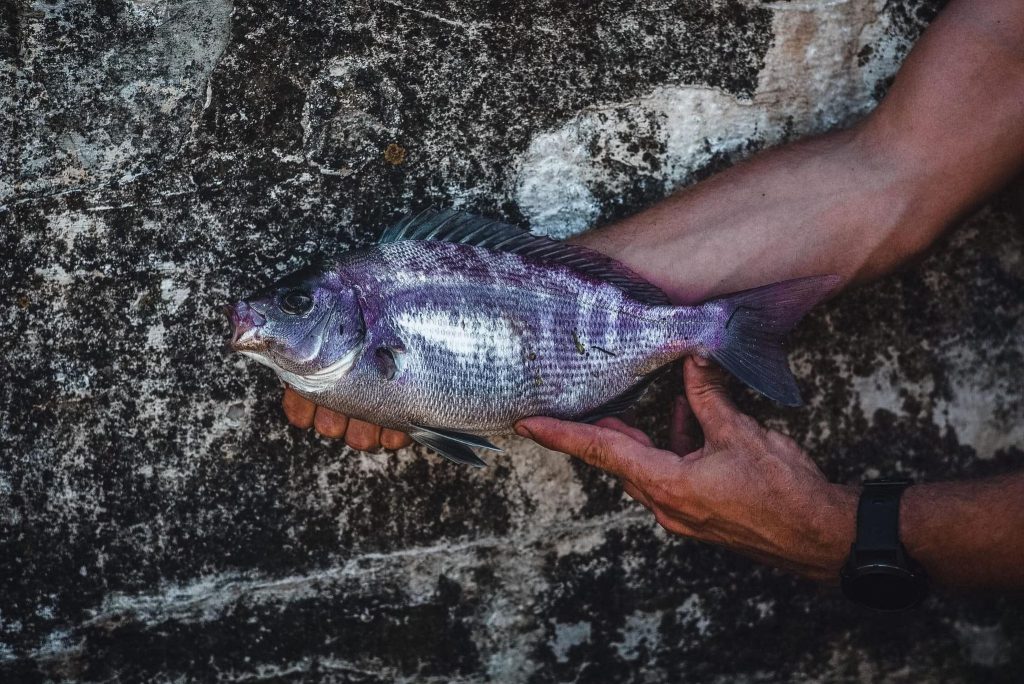UK Sea Fishing for Beginners
You and I live on an island with some of the best coastal paths in the world. We have access to the rich North sea, the Celtic sea, the Irish sea and the English channel. We have the gulf stream bringing us warm water straight from Mexico and a plethora of species that make sea fishing in the UK as unique as that of any tropical ocean. Read this guide, grab your tackle and get out there!
It’s hard to summarise sea fishing without patronising experienced anglers, or overwhelming the less experienced. Whether you’re new to sea fishing or your skin is so salt and wind damaged it’s peeled off completely, I hope you find some useful tips here!
FISHMAG is a member of the Amazon Affiliate programme and earns from qualifying sales through links.

Photo Credit to Matilda Björklund
1. Go sea fishing at high tide at dusk or dawn – especially on big spring tides
Last summer, I invited my boss and his kid’s sea fishing in Cornwall. Covid meant I wasn’t able to take him, so I left him with three pieces of advice instead. This guide contains 23 tips, but if you only have time for three tips, let it be the first three.
Spring tides are generally when you catch the most fish. The water pushes in the bait fish and the larger fish follow. With a spring tide, the difference between high water and low water is greater than with a normal tide. But, the time it takes to go in or out remains the same six hours. This means the flow of water is stronger. Big tides churn up the seabed, bringing up more food for bottom-feeding species. To find out when there’s a big spring tide, use BBC Tides and look at how high the next tide is in metres. If the number is much higher than is typical in that location, you know it’s a big tide. You will often find that when a spring tide coincides with dusk or dawn, the fishing is extraordinary.
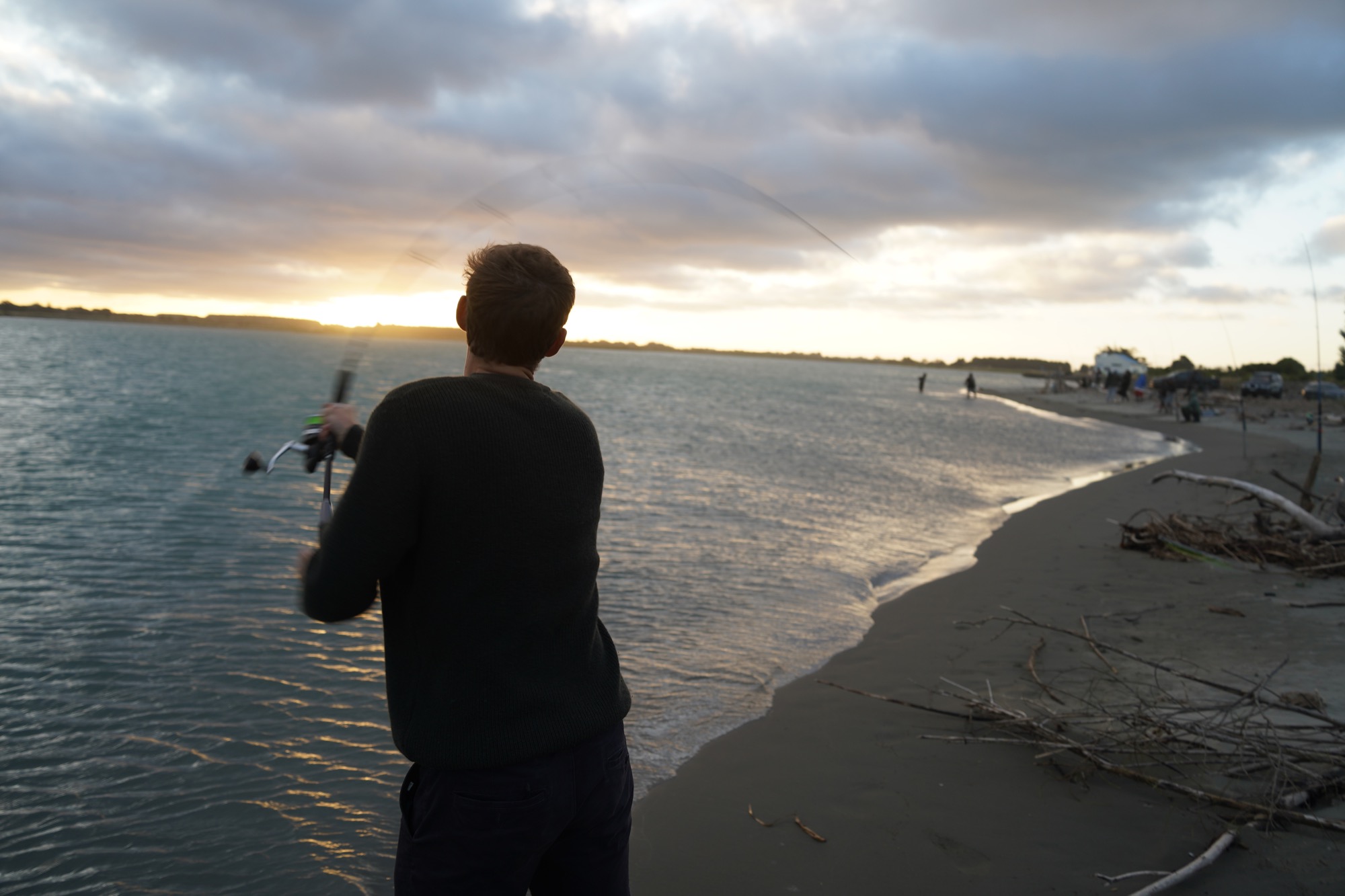
2. Fish for what’s there
While you may have a particular species in mind for a fishing trip, it’s worth being prepared to switch your approach. Target something else entirely if those fish aren’t biting. Often, this happens with people targeting bass, mackerel or bottom fishing. If there aren’t any bass about, why not try for ballan wrasse instead?
If you’re using mackerel feathers and casting and retrieving for hours without results, perhaps you should try fishing on the bottom instead. I’ll admit, I typically don’t stick with one approach for more than 30 minutes if I haven’t caught a fish in that time! Others will prefer to persist and try to win through time investment. This isn’t a bad strategy for those willing to fish for 6-8 hours in a session… but that won’t work for many people. Change things up when they aren’t working!
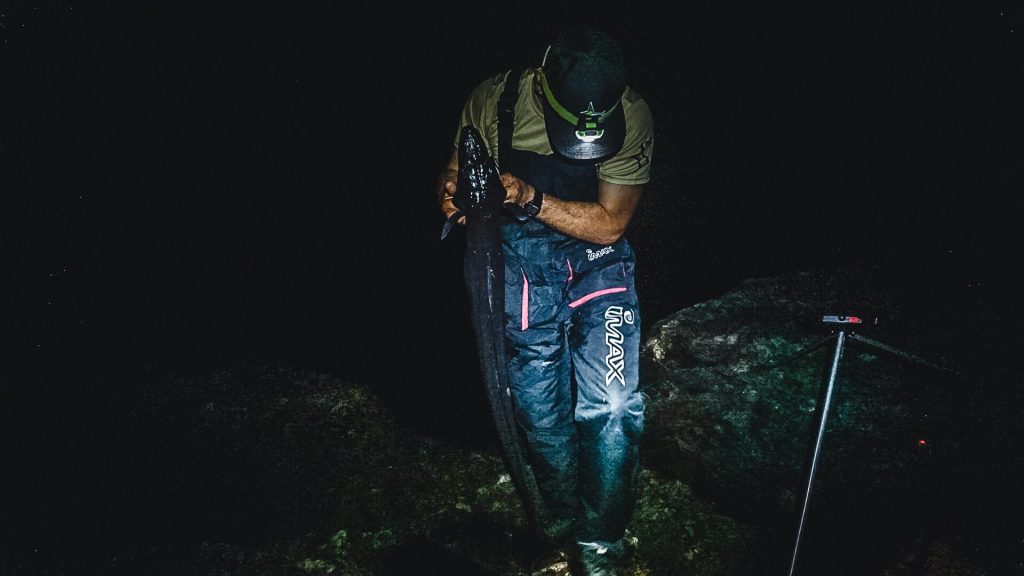
3. Use tackle that’s fit for purpose
There are broadly three different approaches to fishing.
We have a sea fishing starter kit page on which I explain a few different styles of fishing and what kit a beginner should go for starting out.
- Bottom fishing: You can fish on the bottom on the seabed with bait and wait for the fish to find the baited hook. Typically done using a long rod that can fling heavy weights to the horizon!
- Float fishing: You can use a float to suspend the bait somewhere in the water column so it’s off away from the bottom. Light freshwater gear is very satisfying to use for float fishing in the sea.
- Lure fishing: You can cast out and retrieve a fish imitation known as a lure or spinner to deceive a fish into biting. Modern lure rods are often very lightweight with fast action and typically cast 60g max. They’re between 7-10ft. You need a longer rod for rock fishing over rough ground and a shorter one for harbours.
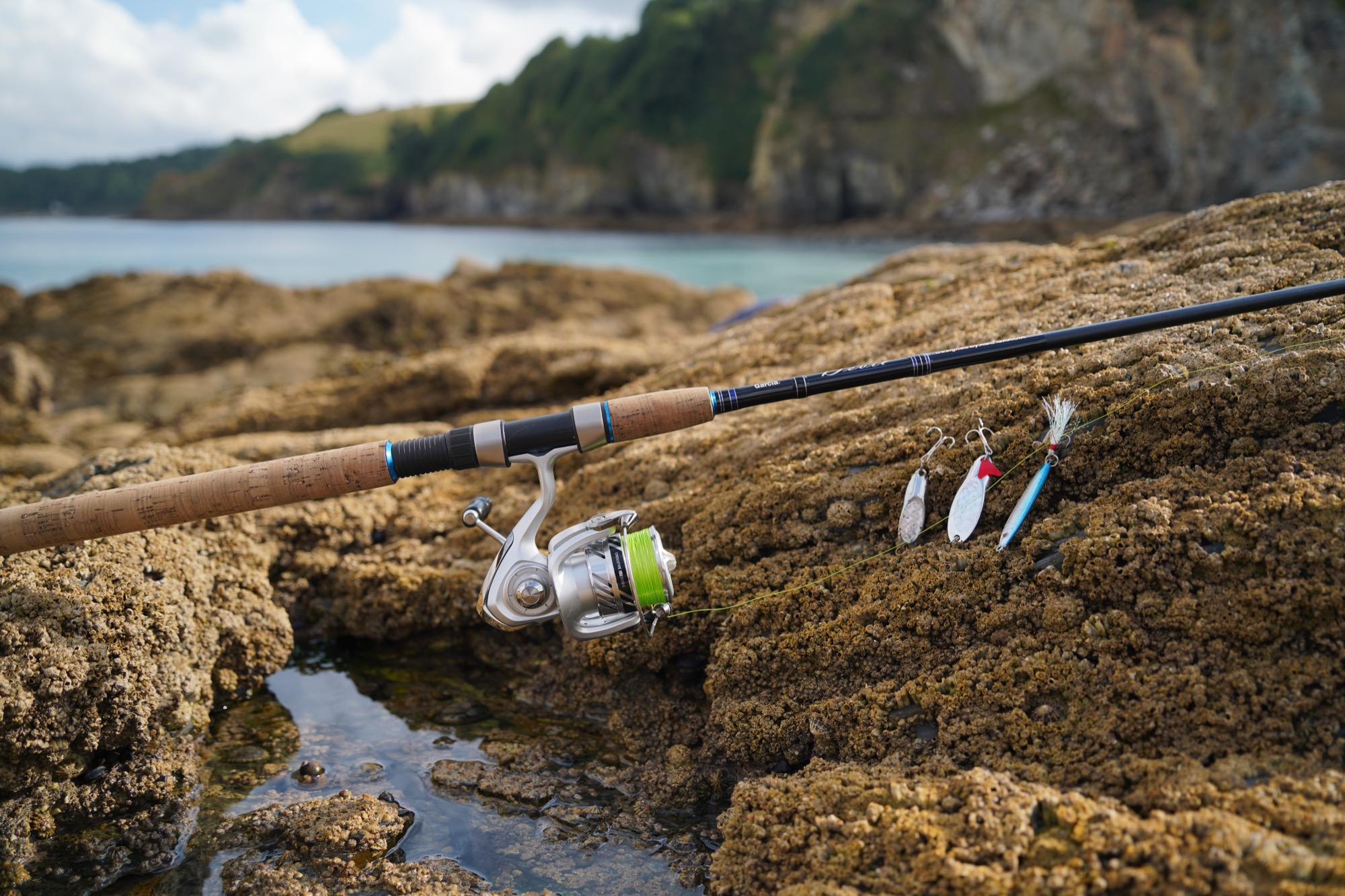
Beginner sea fishing setups
- Budget beginner beach caster set up: for pier fishing with standard floats, ledgering rigs & mackerel feathers
- Beginners lure fishing set up or another from Shimano for casting individual lures and spinners for species like bass, mackerel and pollock
- Intermediate lure fishing set up from Penn for using modern bass lures
- Advanced lure rod and advanced beach caster
If you can only own two rods, I’d suggest a 9ft spinning rod that casts 28g (1oz) and a 13ft beach caster that casts up to 6oz. You can buy a generalist rod between 8 and 10 feet and casts about three oz, which is great for mackerel fishing with feathers. However, it will make significant compromises in other areas.
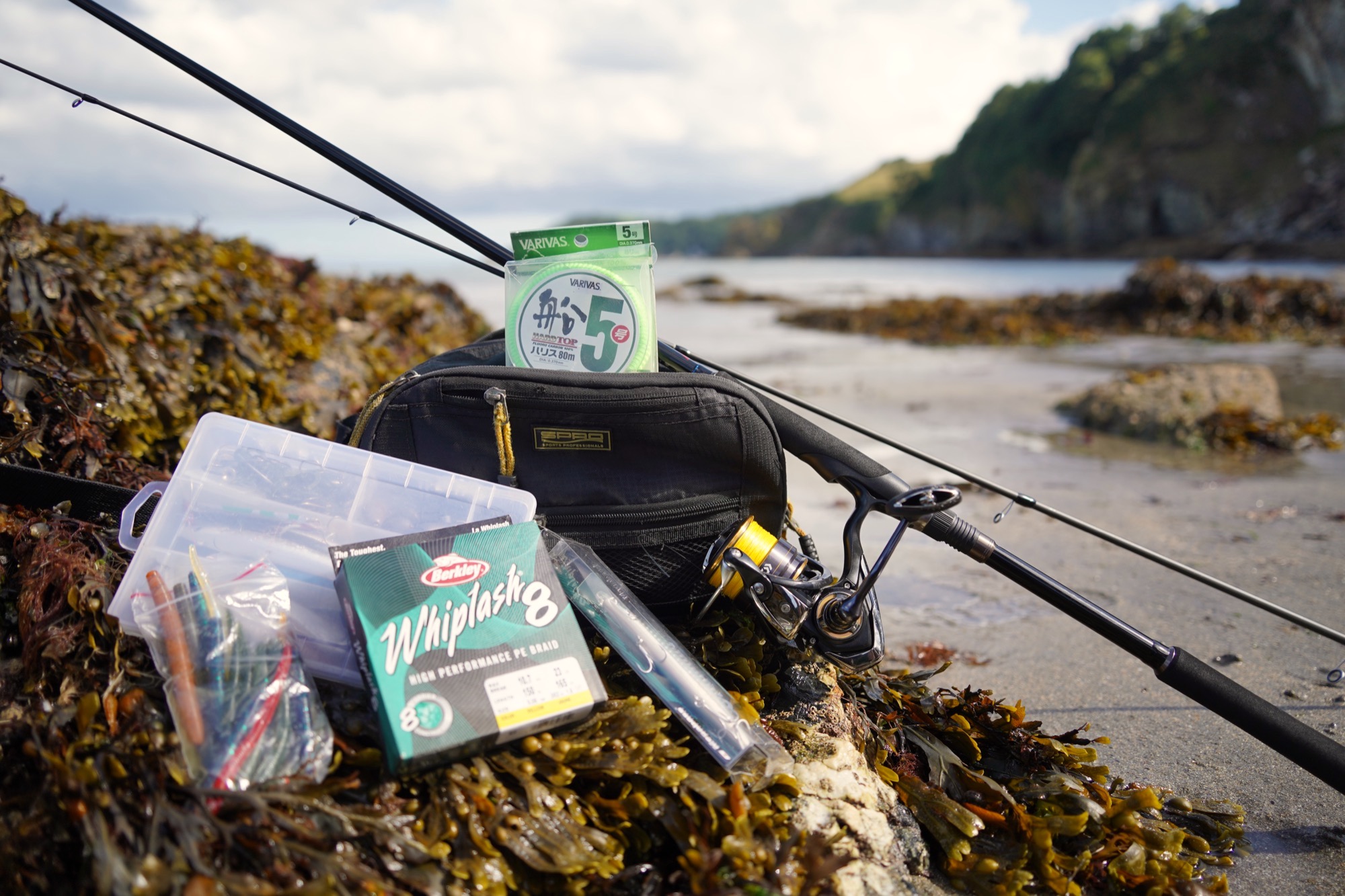
4. Think about where the fish are feeding and keep your lure or bait there for as long as possible
Some days, you might notice people on a busy harbour wall catching 3x more than everyone else combined. I once visited a mark where one angler had been fishing all week without catching a single fish. Meanwhile, another angler was catching a fish with every cast. This productive angler had figured out the fish’s depth and kept his lure at that depth for as long as possible. I noticed that he only received bites immediately after casting. The fish were striking at lures far out as they descended through the water column. Once you began retrieving, you were actually pulling the lure away from their feeding area.
Therefore, after casting, it was necessary to let your lure sink with a slack line all the way to the bottom. Then, you would retrieve it for about 10 seconds. This was the area where the fish were striking. Fishing anywhere else was pointless. After the first few seconds of fishing, he would quickly retrieve his lure to cast again where the fish were. Why would you waste time fishing anywhere else? This is the method to catch an unreasonable quantity of fish!
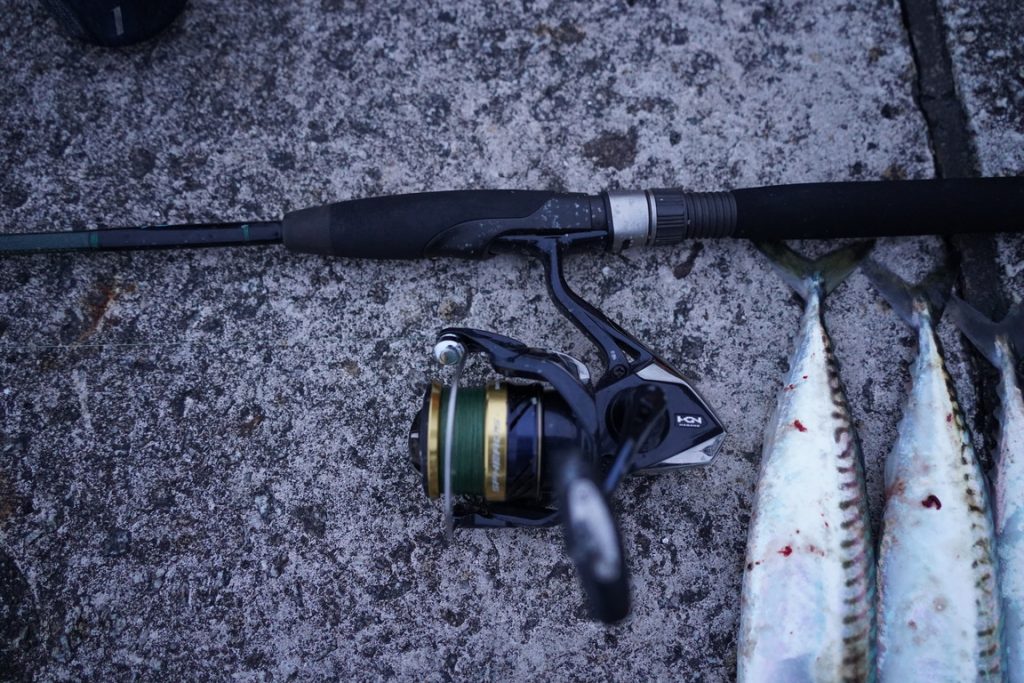
5. Aim for a natural presentation of your bait or lure
Mackerel feathers are the most efficient way to catch mackerel in a feeding frenzy. But even these unfussy fish would rather hit a casting jig when they’re a bit more tentative. It’s a better imitation of a bait fish than a feather. When fish are feeling shy, huge lead weights do not help entice them. This means that you have to fish with a lighter rods and present lures with more finesse on those occasions. However, the light game angler will come up short if their goal is to catch as many fish as possible when the fish are ‘in’. Natural presentation and finesse matter most when fish are cautious and least when they are impulsive, in a feeding frenzy.
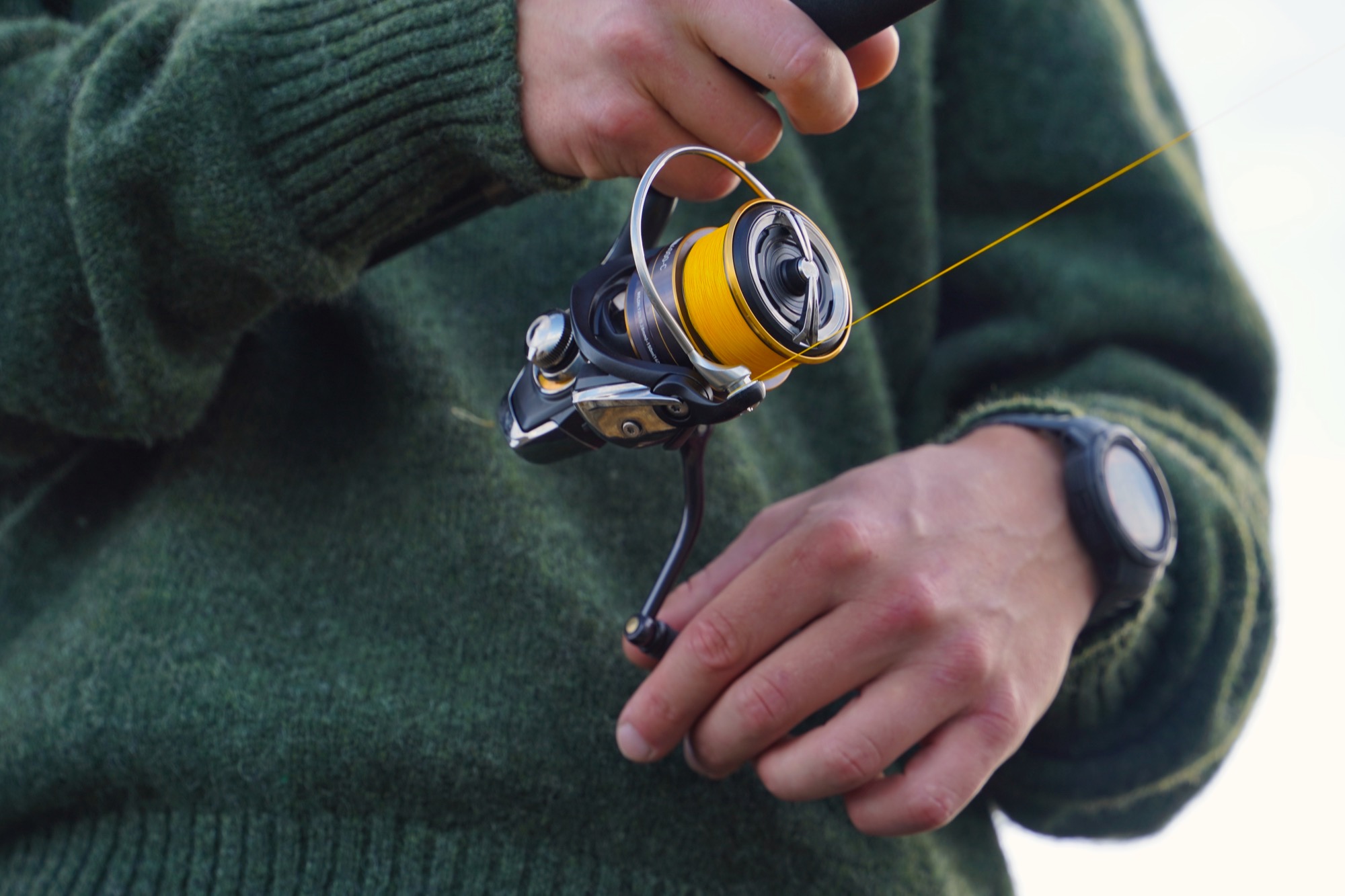
6. Use braid to increase your casting distance
It’s much more common for anglers to fish too far out than too close in. However, sometimes you do need the distance. In those cases, you benefit from using a braid. After switching to braid, I never returned to mono or light fluorocarbon. When the fish are further out, you need to be able to cast a reasonable distance. A cheap monofilament line won’t allow you to cast as far. Braid is like string in that it is made of many fibres wrapped together, making it very strong and thin. Braid also has no stretch, which makes detecting bites much easier.
7. Expect to catch fish
This may sound bizarre, but confidence makes you fish with a higher expectation of catching, so you do. When you give up hope of catching fish, you fish sloppily. Notice how when people start getting bites, they suddenly start fishing faster and with intent focus – that’s what the expectation of fish does!
When you’re expecting to catch fish, you think about the optimal depth to fish and about how to present your lures. This is proactive fishing, and you get rewarded for it!
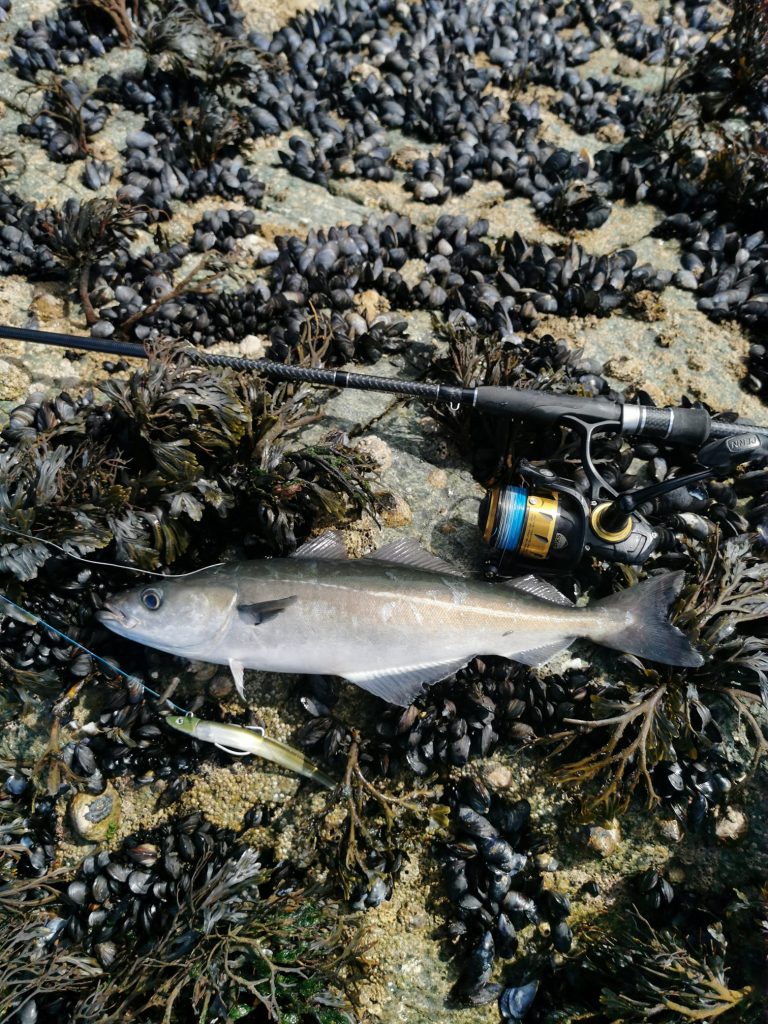
Credit to Oban Jones
8. Try fishing down the side of the pier wall
Use a size 8 hook and weight with a little bait on the end and fish directly down the harbour or within 10m from the mark you’re fishing if the water gets deep immediately. Most people fish too far out and miss out on a lot of fish.
Bottom fishing in this way can be highly effective and is also good for introducing people to angling, including kids. Even just fishing a few metres out is a fantastic approach. Yes, other people on the harbour will think you’re doing it wrong, but don’t worry; there are often plenty of fish nearby. Kids don’t need to be able to cast at all; you just need to tell them to keep the line tight and wait for bites.
You’ll want a small baited hook and an appropriately weighted sinker for your rod to do this. If you can’t tie a blood knot or another decent fishing knot, learn! This will ruin your chances of landing anything big as it would snap your line! Even experienced anglers sometimes have knots that fail. Any double granny knots you tie are likely to fail, especially if you hook a decent fish.
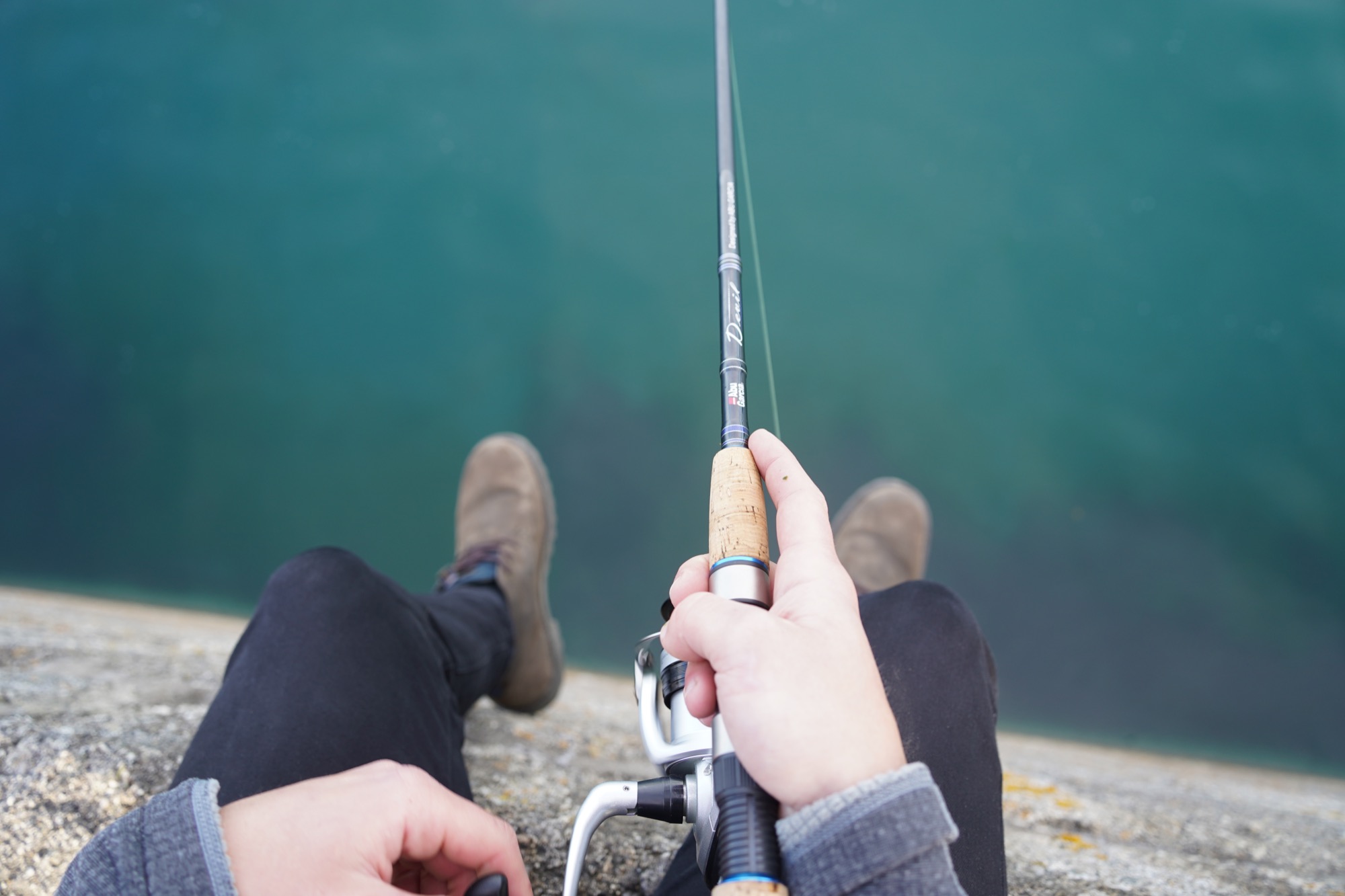
9. Know how tide affects the places you like to fish
I know anglers that fish for 12 hours in one session, and they tend to get very ‘lucky’ by fishing that way. That kind of commitment can yield incredible results. However, your chances of easy fishing are increased if you know what tides your local area fishes best on. From Mevagissey harbour in Cornwall, I find 2 hours after a huge spring tide is the best. If you don’t know the area, Facebook groups or the guides on this website are a good bet on finding out when to fish a particular spot. Otherwise, you’ll need to know a local, or just go for trial and error! Most places fish best on a high spring tide that coincides with dusk or dawn. Different species do have different preferences, though.
10. If you’re lure fishing, use a light modern lure rod not an old-fashioned rod
When lure fishing, I recommend using a modern lure rod to effectively cast smaller lures without additional weights. This way, you can tie your line directly to the lure and start fishing! If you opt for an old-fashioned rod that casts over 2oz for lure fishing, like most rods in tackle shops, you’ll need to use larger lures. Some argue these are too large for most British fish species. Alternatively, you’ll have to use additional lead weights for effective casting. This requirement creates more hassle during setup and makes bite detection from fish more challenging. There are numerous reasons to try modern lure fishing. Primarily, it’s extremely fun! However, it hasn’t fully caught on in the UK. Perhaps many anglers prefer using the kit they grew up with. After all, fishing and nostalgia often go hand in hand.
For nearly all anglers, I’d recommend owning a spinning rod that casts less than 40g. You’ll also need to buy an appropriate spinning reel for such a light rod and suitable light line to match.
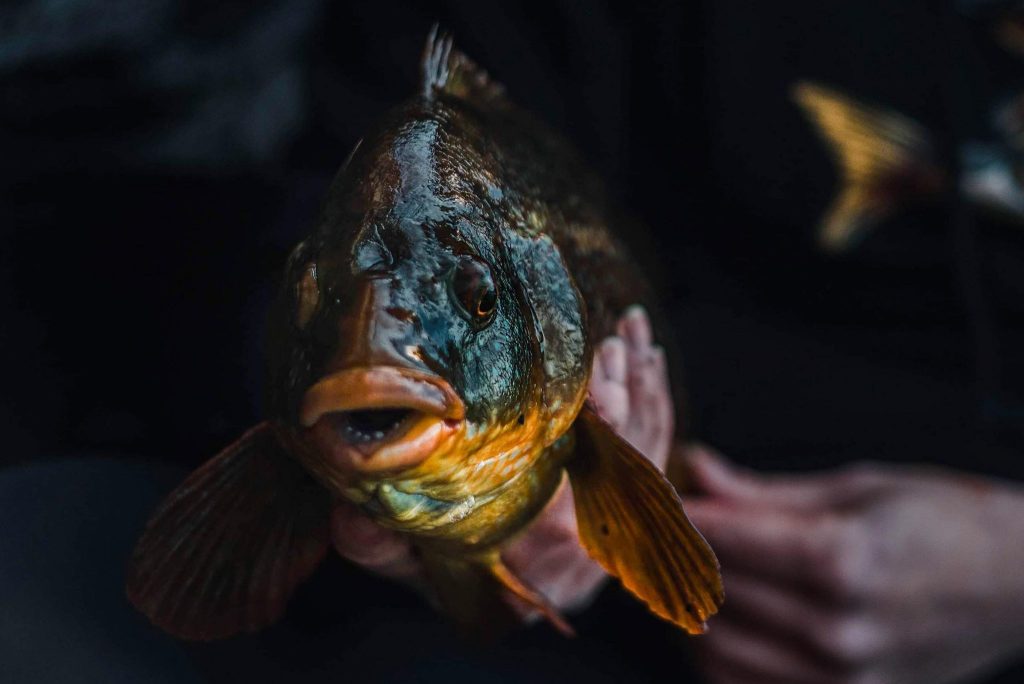
11. Your line should feel smooth without bumps or signs of damage
Another example of lazy fishing costing you fish is continuing to fish with a line that you know is damaged. Perhaps your fluorocarbon leader has become rough to touch in areas, but you cast it out anyway. Or maybe you can see whispy frays coming from your braid… You will most likely get away with this, but it’s a gamble. A decent fish will cut you off, perhaps at the last minute just as you see it emerge on the surface…
Tying on a new leader could mean landing that dream fish next time you’re out!
12. Bring disgorgers so you don’t have to harm fish you plan to return
Most anglers want to preserve fish stocks. It helps if we return fish in good condition if we’re going to release them rather than eat them. Without a good pair of disgorgers and a bit of patience when unhooking fish, this is impossible, so every angler needs a pair! It’s also just convenient and it makes fishing more enjoyable when unhooking is easier. A pair like these will do the trick.
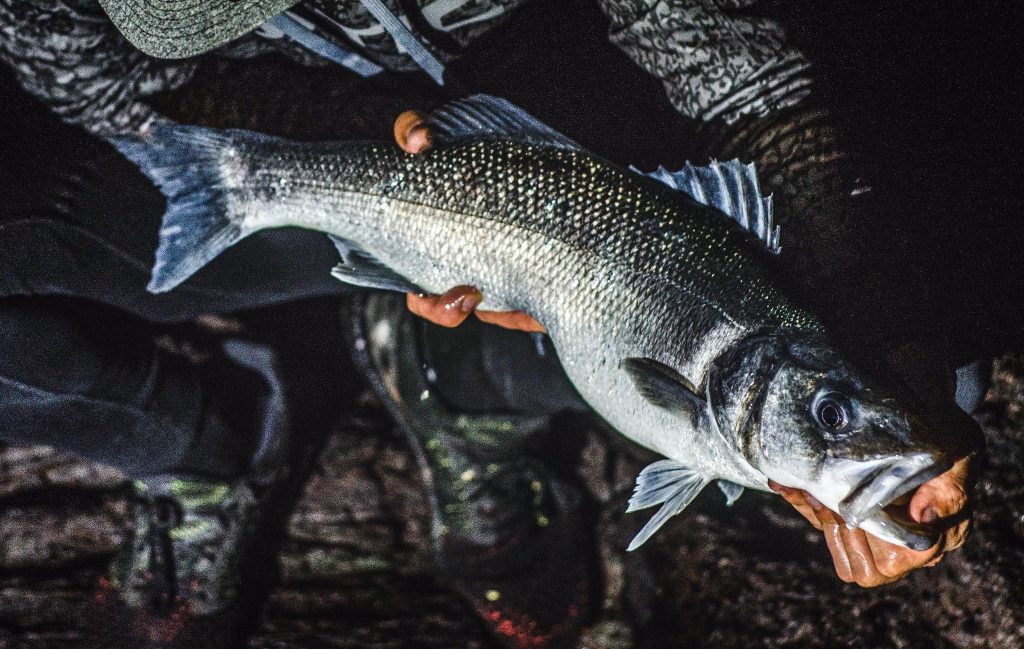
13. Always check the wind
Strong winds, tides and currents can result in tackle being dragged along the bottom. This can cause tangles in your terminal tackle when bottom fishing. For those using lightweight lure setups, wind may make casting impossible. Float fishing with onshore wind is also out of the question. When lightweight lure fishing, I will stay at home if the wind exceeds 12mph unless I’m fishing in a very sheltered spot, such as behind a headland that blocks the wind. I am a bit of a fair-weather angler, mind. Check the wind speed and direction to make sure it’s on your side.
14. Use balanced tackle
When fishing, strain is applied to your tackle. This could be a fish fighting, your hook getting caught on the bottom. Or, simply strain from your weight as you cast it out. Your rod will absorb some of this pressure. Your reel, if adjusted correctly, will take out line when the pressure reaches a certain level. If your rod is heavier, you are forced to use heavier lines or else your line will be prone to snapping. If your rod is lighter and your reel therefore smaller, you are forced to use lighter lines and lighter lures. If there is a mismatch in your tackle, things will go wrong on lots of different ways.
Choosing the right line
If your line is too heavy for your reel, the line won’t cast well at all and will get into birds nests. If your line is too light, the same will happen. You should match the strength of line to the size of reel you’re using. Also, investing more money in fishing line is a very good idea. Once you’ve fished with higher end line you will simply never be able to go back. Cheap braid and monofilament causes far more trouble and frustration than the money you save buying it.
The snapping of lines is a common sound on harbours across the country. Mostly because the rods people use are heavier than needed, the weights are heavier than needed, and the line is forced to take much of the strain. You can use lighter lines with a lighter rod without the risk of snapping off. You can use a 3lb line with an ultra-light rod while sea fishing…
This is not just a mistake made by people new to fishing, on any given harbour there will be a few people whose tackle is mismatched. It’s very common to see people fishing with huge reels on light rods, for instance.
17. When float fishing, try using freshwater fishing gear
For float fishing, anglers commonly use a lightweight rod that casts less than 4oz. It’s often close to 10ft in length. A carp rod makes an ideal choice for most sea anglers when float fishing. This choice is due to the fact that a longer rod can quickly remove slack when you lift your rod to tighten a slack line. This quick action allows you to start retrieving as soon as the fish takes the bait. On the other hand, using a shorter rod makes it tricky to tighten a slack line while float fishing. You may miss fish if you can’t strike and retrieve quickly once the float goes under. A heavy rod isn’t necessary. A carp rod can land just about anything in the British sea, except perhaps a conger if it has bolted into its hole or a Bluefin Tuna!
18. If you’re fishing from a beach, use a proper beach caster.
If you’re fishing mostly from beaches with bait you’ll be wanting a beach caster. If you fish shallow beaches or estuaries where the water gets deep slowly, you may want a continental-style rod. Something around 14ft so you can cast much further. A continental-style rod is just a long beach caster with a fast action so it casts much further. This isn’t necessary for most people since casting distance is rarely a limiting factor.
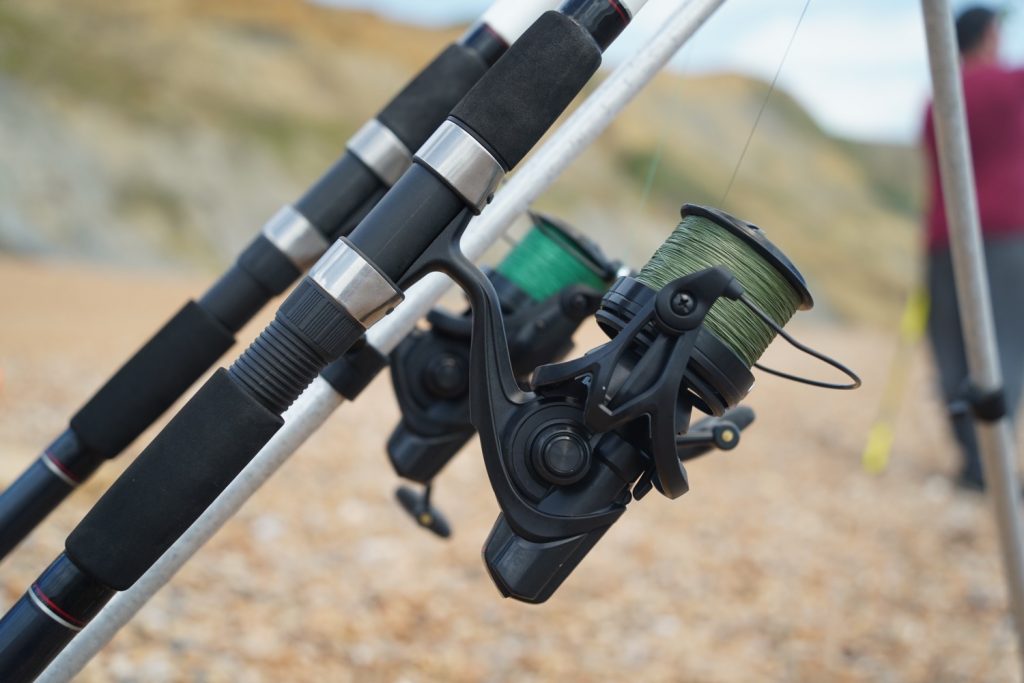
19. Have a rod, especially for mackerel fishing with feathers and keep it separate from your other tackle
If you’re using mackerel feathers and want to be able to pull 4-5 mackerel up a harbour wall at once, then you’ll need a generalist rod suitable for mackerel feathering. Many of the rods in tackle shops in the UK fall into this category. They cast about 3oz and are 8-10ft long.

20. Pay attention to water clarity
When the sea is clearer, the fish show a greater preference for coming inshore at night. When the sea is rougher and the water murkier, fish will come closer in during the day, and species like conger and dogfish are more likely to be caught in the daytime. An onshore wind can push bait inshore, which the fish follow. Just like when fishing in a lake, it’s generally better to fish with the wind in your face because the fish will move in the direction of the wind.
If clarity becomes too poor, however, lure fishing can become tougher since fish have reduced visibility. It’s worth noting that some people fish very successfully for bass at night in murky conditions with black lures. So, your chances aren’t ruined if the water clarity is poor. Personally, my favourite conditions are clear water with a bit of summertime algae that adds a slight cloudiness to the water, to keep fish from being too cautious.
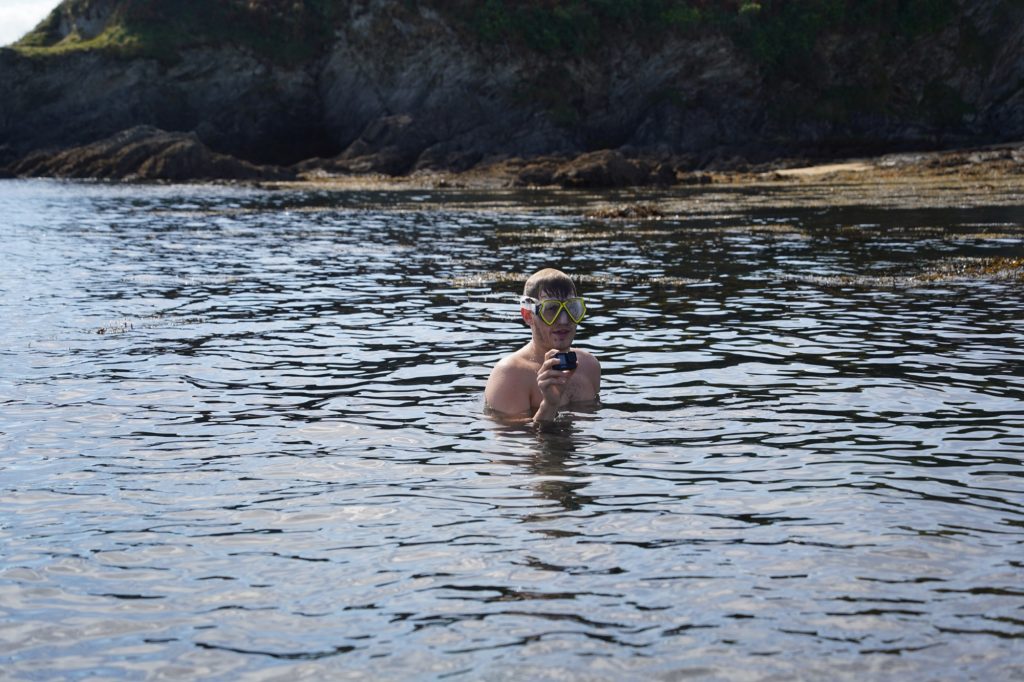
21. Explore new ground
How much of fishing is luck and how much is skill? I’d say that fishing is 60% local knowledge about locations and timings, 30% choosing the right tackle and approach and 10% luck! In fishing competitions, it’s striking to see that the same people often win year after year. In a competition I entered every year for a while, the rank order anglers finished in stayed strikingly consistent. This to me indicates that results and skill/experience are very closely correlated, contrary to popular belief amongst non-anglers, that believe fishing to be about luck over skill.
The fact is though, you get lucky more often when you know where to fish. It’s very hard to be successful with fishing if you don’t invest the time to figure out which places fish well at which times!
22. Know in your bones that the sea is deadly
Take precautions. Bring a charged phone, check the weather and tides before you fish, tell someone where you’re going, don’t wear waders or wellies or you could sink if you fall in, you know the drill…
23. Know your sea fish species
Part of the joy of fishing is appreciating the extraordinary array of your catches. There are always more species out there than you think. Even after decades of fishing, you can expect the unexpected from the sea. Check out our species guides for more information on British fish species.
The Ideal Beginner’s Lure Fishing Set-Up
The Ideal Beginner’s Lure Fishing Set-Up Let’s break down each part of a lure fishing…
Sea fishing starter kit | beginners set up
Sea fishing starter kit | beginners set up First, I will explain the three main…
Lure Fishing UK | Beginners Guide & Set Up
Lure Fishing UK | Beginners Guide & Set Up This guide to lure fishing for…
Beach Casting Guide
Beach Casting Guide Could you survive an apocalypse with just a beach casting set up?…

